McDonald’s has been flipping burgers and blending shakes for generations—but what might you have ordered the year you were born? Long before McNuggets and McFlurries, the Golden Arches were serving up barbecue sandwiches, deep-fried apple pies, and even lemon-lime Shamrock Shakes. As tastes evolved and trends came and went, the menu kept changing—sometimes in unexpected ways. We’ve pulled together a nostalgic glimpse at standout items and turning points from across the decades, giving you a taste of what was new or iconic around the time you arrived. Just a warning: you may walk away hungry—and a little amazed.
1. 1940: Barbecue Roots and Simplicity
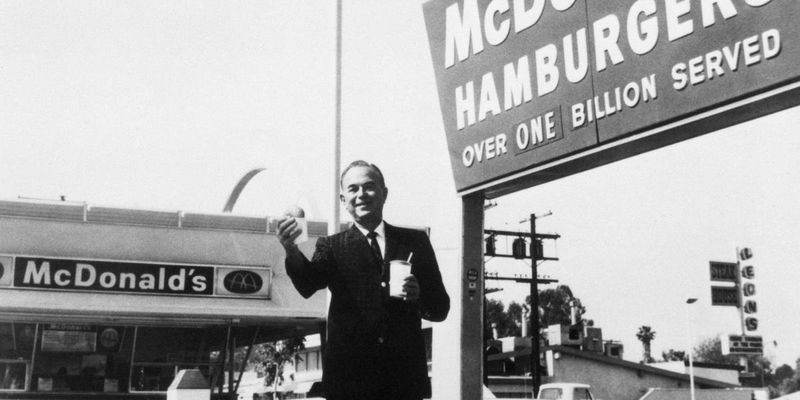
The original McDonald’s looked nothing like the fast-food burger chain we know today. When the McDonald brothers opened their first restaurant in 1940, it was a barbecue-style drive-in located in San Bernardino, California.
Carhops delivered trays loaded with pork sandwiches, barbecued ribs, and frosty root beers to customers waiting in their vehicles. With 25 items on the menu, the focus was slow-cooked meats and classic American comfort food—not hamburgers.
It wasn’t until years later that the brothers would streamline operations and reinvent the entire fast-food experience with burgers and fries.
2. 1948: Burgers Take Over
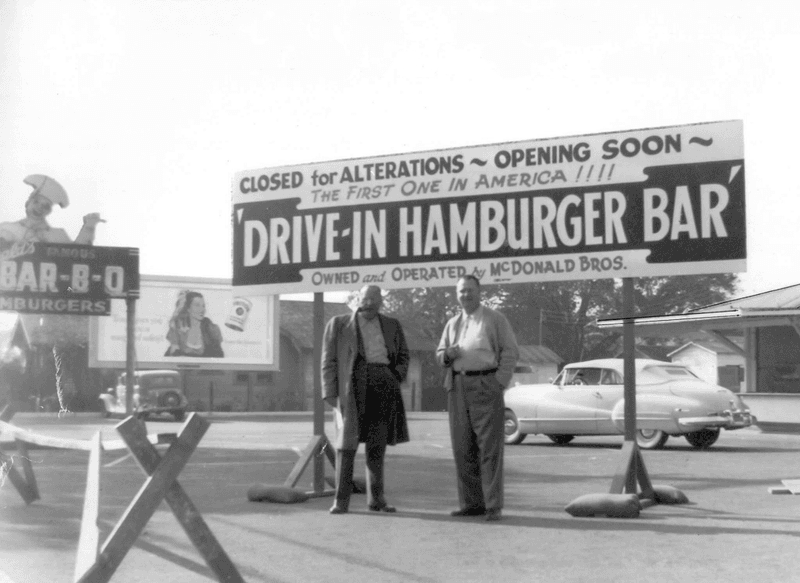
The McDonald brothers completely reimagined their San Bernardino restaurant in 1948, scrapping their barbecue menu for a streamlined approach. Gone were the carhops and extensive options, replaced by a walk-up stand with just hamburgers, cheeseburgers, potato chips, and pie.
Drinks were limited to milk, coffee, and sodas. The brothers’ revolutionary “Speedee Service System” meant food arrived in seconds rather than minutes.
Most shocking to modern customers would be the price—hamburgers cost just 15 cents! This radical simplification became the foundation for the fast-food industry we know today.
3. 1949: Fries & Shakes Debut
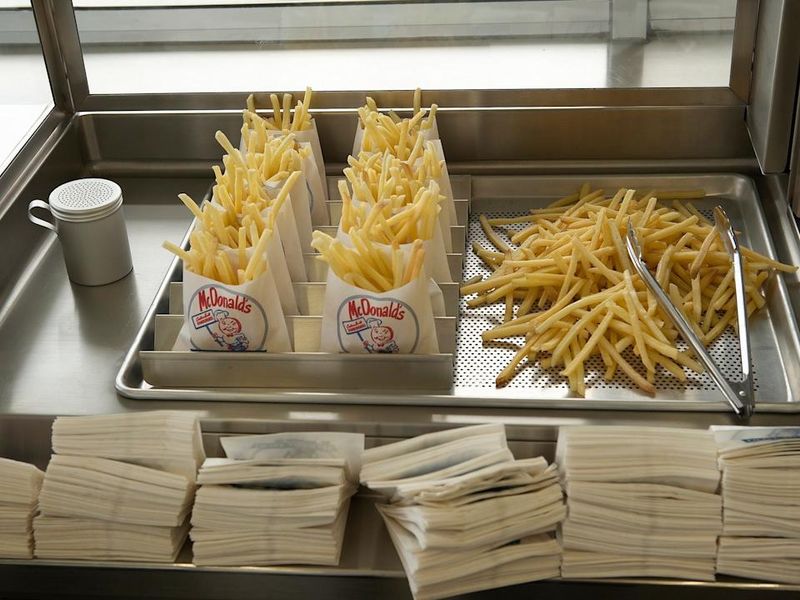
French fries revolutionized the McDonald’s experience in 1949, permanently replacing potato chips on the menu. The brothers discovered that customers craved something hot and crispy alongside their burgers, making fries an instant hit.
Simultaneously, the iconic Triple Thick Milkshakes made their grand entrance. These creamy, indulgent treats were mixed in multimixer machines that could produce five shakes at once—catching the attention of future McDonald’s chairman Ray Kroc.
This powerful burger-fries-shake trinity established the foundation of the McDonald’s meal that would dominate American fast food for generations to come.
4. 1955: Enter Ray Kroc
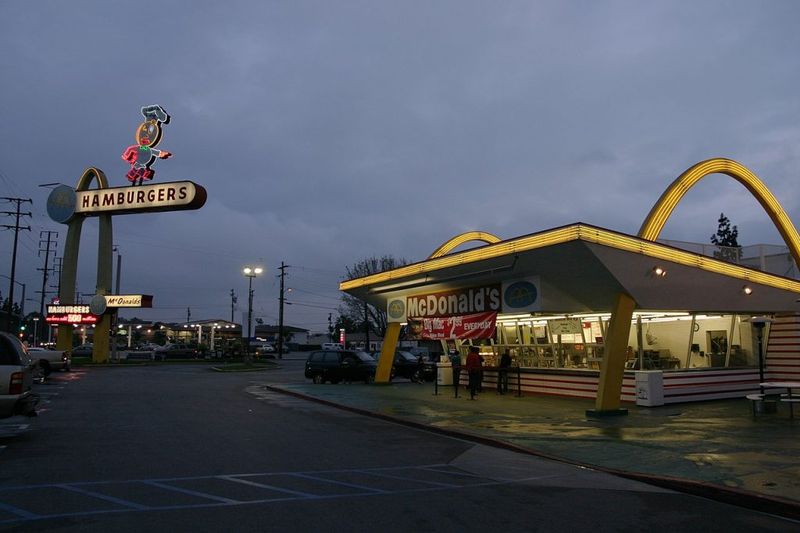
Ray Kroc—a 52-year-old milkshake machine salesman—was so impressed by the McDonald brothers’ operation that he opened the first McDonald’s franchise in Des Plaines, Illinois on April 15, 1955. The red-and-white tiled building with golden arches became the prototype for thousands of restaurants to follow.
Kroc maintained the brothers’ simple, affordable menu while implementing strict standards for cleanliness and consistency. A meal of hamburger, fries, and shake still cost under 50 cents!
Little did customers know they were witnessing the birth of what would become the world’s largest restaurant chain.
5. 1965: Filet-O-Fish Splash
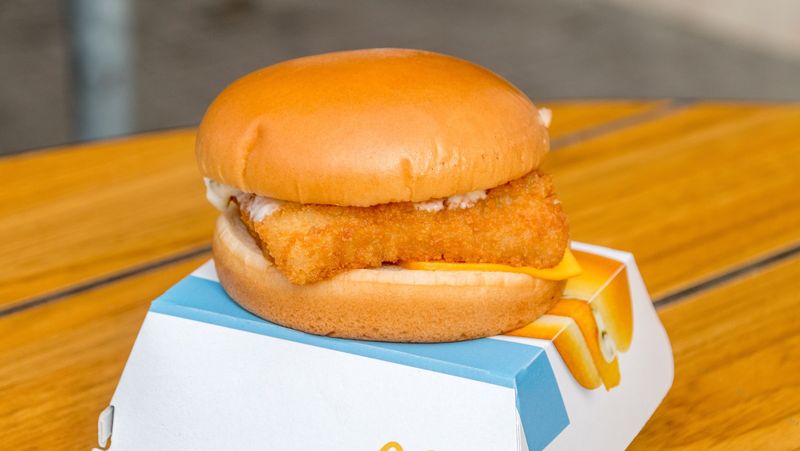
Lou Groen, a Cincinnati McDonald’s franchisee, had a problem: his restaurant was in a predominantly Catholic neighborhood where meat sales plummeted on Fridays during Lent. His solution? The Filet-O-Fish—a breaded fish patty topped with tartar sauce and cheese on a steamed bun.
Ray Kroc initially resisted, favoring his own meatless creation called the “Hula Burger” (grilled pineapple with cheese). They held a sales contest on Good Friday, and the Filet-O-Fish won in a landslide.
The sandwich became the first new addition to the national menu under Kroc’s leadership and remains popular nearly six decades later.
6. 1968: Big Mac & Apple Pie
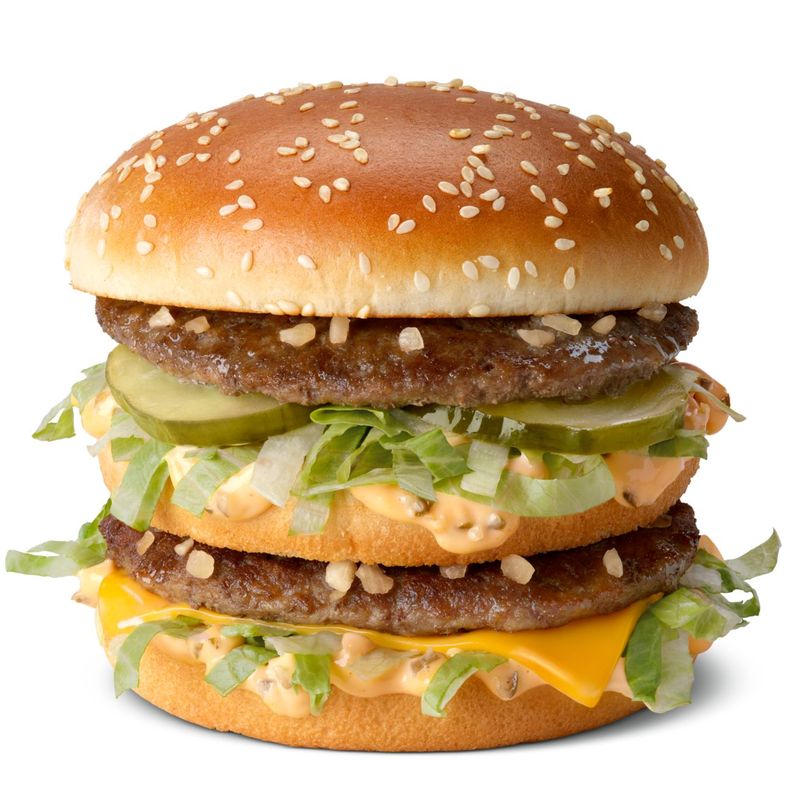
“Two all-beef patties, special sauce, lettuce, cheese, pickles, onions on a sesame seed bun”—this iconic sandwich jingle wouldn’t exist without Jim Delligatti, a Pittsburgh franchisee who created the Big Mac in 1967. By 1968, the double-decker burger had gone nationwide for just 49 cents.
That same year, McDonald’s introduced their legendary Hot Apple Pie. Unlike today’s baked version, the original was deep-fried to crispy perfection, creating a crackling shell around molten apple filling.
These two menu additions transformed McDonald’s from a burger joint into a full meal destination, cementing their dominance in the fast-food landscape.
7. 1970: Shamrock Shake Surprise
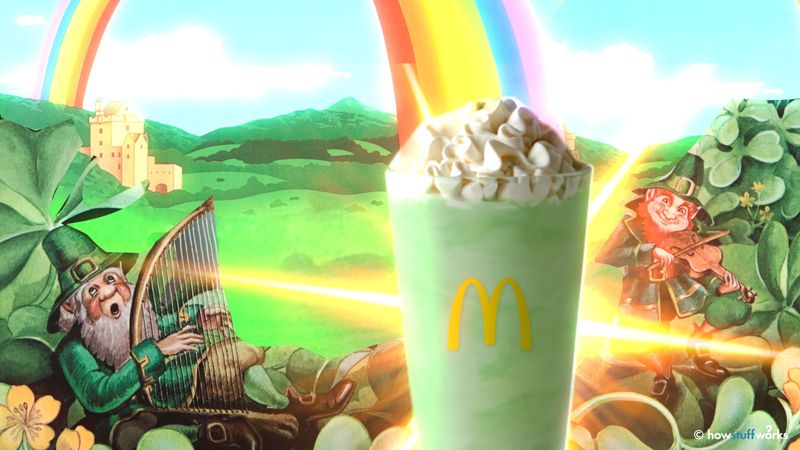
St. Patrick’s Day 1970 brought a surprising new treat to McDonald’s customers—the Shamrock Shake. What many don’t know is that the original version wasn’t mint at all but lemon-lime flavored, made by mixing vanilla ice cream with lemon-lime sherbet!
Created by Rogers Merchandising in Chicago, these festive green shakes helped fund the first Ronald McDonald House for families of sick children. The familiar mint flavor we know today didn’t arrive until 1973.
Available for just a few weeks each spring, this seasonal shake created one of fast food’s first “limited-time offer” phenomena that drives customers to restaurants before items disappear.
8. 1973: Quarter Pounder Goes National

In 1973, McDonald’s rolled out the Quarter Pounder nationwide, marking a significant shift in its menu offerings. It was originally crafted in 1971 by franchise owner Al Bernardin in Fremont, California.
The burger featured a 4-ounce beef patty topped with ketchup, mustard, slivered onions, and two dill pickles on a sesame seed bun. Priced at 60 cents—or 70 cents with cheese—it was designed to satisfy adults seeking a more substantial meal.
Bernardin’s creation quickly gained popularity, leading to its inclusion on menus across the country. Today, the Quarter Pounder remains a staple, reflecting McDonald’s ability to adapt to customer preferences while maintaining its classic appeal.
9. 1975: Egg McMuffin Debuts
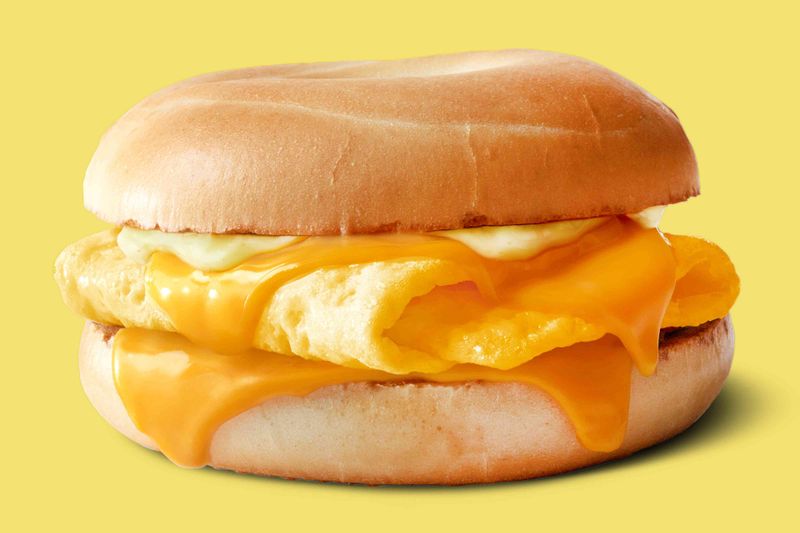
Invented by Herb Peterson, this handheld breakfast revolution featured egg, cheese, and Canadian bacon on an English muffin. The creation story is fascinating – Peterson was trying to make eggs Benedict in sandwich form!
McDonald’s initially resisted entering the breakfast market, believing customers wouldn’t change their morning routines. They couldn’t have been more wrong. The Egg McMuffin single-handedly created the fast-food breakfast category overnight.
The sandwich’s genius was its portability, allowing busy Americans to eat breakfast on the go. Within years, breakfast would account for 40% of McDonald’s business, all starting with this humble morning sandwich.
10. 1979: Happy Meal Magic
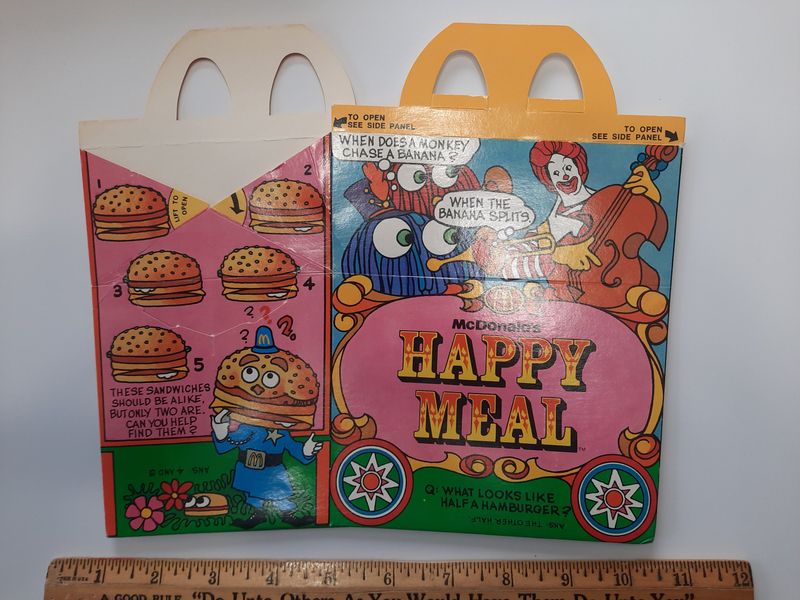
Inspired by cereal box toys, the Happy Meal was created to satisfy kids—and prevent them from picking off their parents’ fries. Marketing genius Bob Bernstein noticed his son staring at cereal boxes during breakfast and had his eureka moment.
The first national Happy Meal featured a circus theme with puzzles, stickers, and simple toys. McDonald’s had accidentally created a cultural phenomenon that would later partner with blockbuster movies and become collectors’ items.
Parents found themselves driving extra miles to complete toy sets. The colorful box with handles transformed the restaurant experience for families, making McDonald’s the undisputed king of kid-friendly dining.
11. 1981: McRib is Born
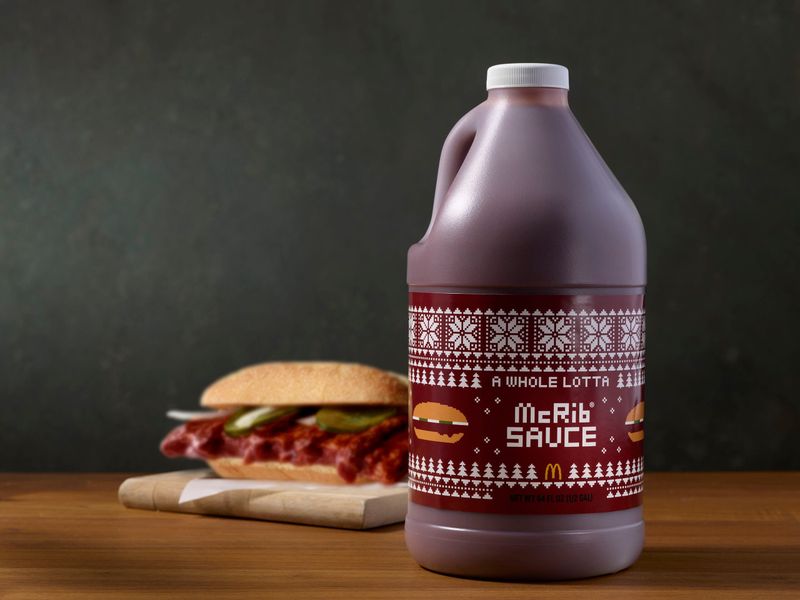
Due to a scarcity within McDonald’s own supply chain, the McRib became a tangy cult favorite with the unforgettable slogan “Chomp.” Pork shortages forced McDonald’s executive chef René Arend to get creative, resulting in this sauce-slathered sensation.
The sandwich’s unique shape – molded to look like miniature ribs – confused and delighted customers in equal measure. Despite mediocre initial sales, McDonald’s discovered something powerful when they removed it: people went crazy wanting it back!
Thus began the famous “McRib Farewell Tour” marketing strategy, creating artificial scarcity that continues today. The sandwich’s mysterious appearances and disappearances have inspired websites tracking its limited-time availability nationwide.
12. 1983: McNuggets for Everyone
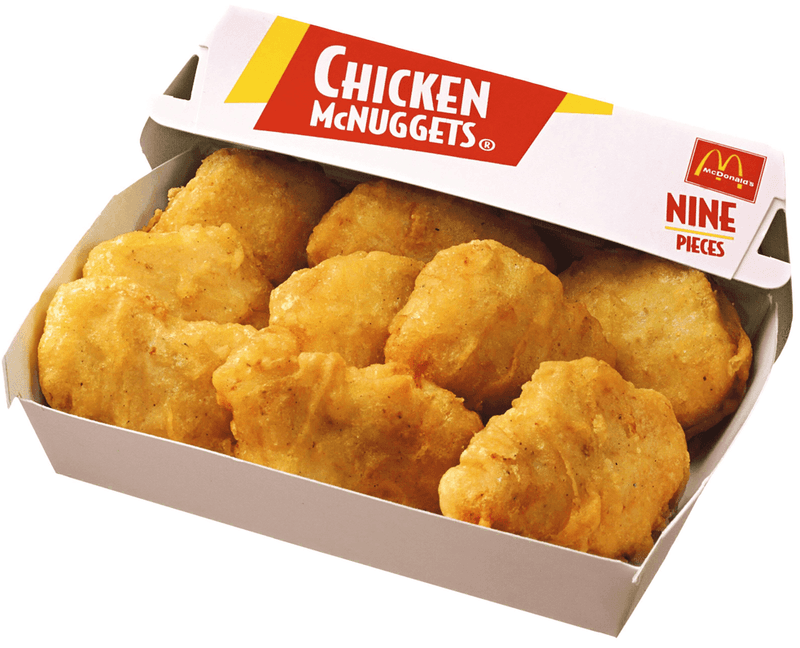
After years of local testing, Chicken McNuggets were officially rolled out across all U.S. McDonald’s locations. These bite-sized morsels came at the perfect time – when Americans were being told to eat less red meat but weren’t ready to give up fast food convenience.
Created by chef René Arend (the same genius behind the McRib), the McNugget went through countless iterations. The final product featured white meat chicken in a tempura-style coating that maintained its crispiness even under heat lamps.
McDonald’s actually had to build special chicken processing facilities to meet demand. Within months, McNuggets accounted for 7.5% of all McDonald’s sales, cementing their place in fast food history.
13. 1985: McDLT Hits Menus
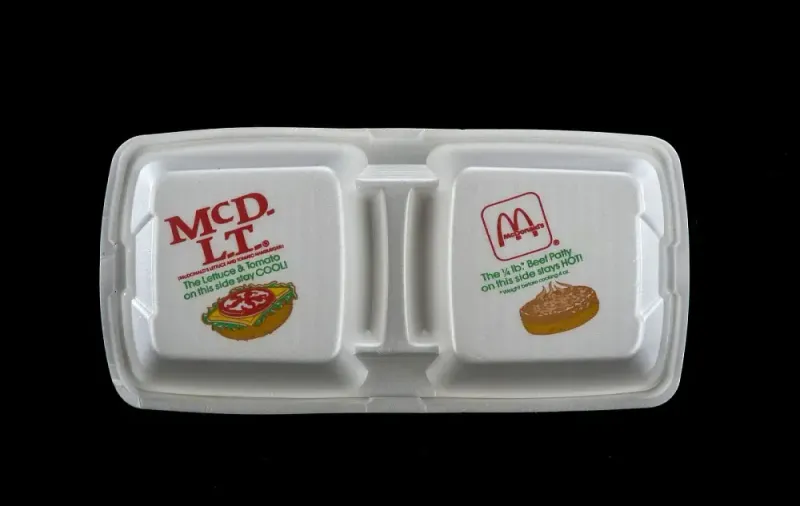
The McRib vanished temporarily, making way for the McDLT, which used a two-compartment container to keep hot and cold ingredients separate. This engineering marvel promised “the hot stays hot, the cool stays cool” – a revolutionary concept for drive-thru food quality.
Actor Jason Alexander (pre-Seinfeld fame!) sang and danced in commercials promoting this innovative burger. The polystyrene packaging featured one side holding the bottom bun and burger patty, while the other contained the top bun, lettuce, and tomato.
Environmental concerns about styrofoam eventually killed the McDLT in 1990, but its legacy lives on. Many consider it the precursor to today’s premium burger trend with its focus on fresh vegetables and presentation.
14. 1986: Salads Added

Following healthy eating trends, McDonald’s launched fresh salads—a move that continues to evolve with options like the Southwest Grilled Chicken Salad. The original salad line came in plastic containers that doubled as bowls, featuring garden, chef, and shrimp options that shocked fast-food traditionalists.
McDonald’s even installed special refrigerated display cases to showcase these healthier alternatives. For the first time, the chain acknowledged changing consumer preferences toward more nutritious options, though their salad dressings often contained more calories than a small order of fries!
The introduction marked McDonald’s first serious attempt to attract health-conscious customers who might otherwise avoid fast food entirely. These early efforts paved the way for today’s more sophisticated menu balance.
15. 1992: Baked Apple Pie Switch
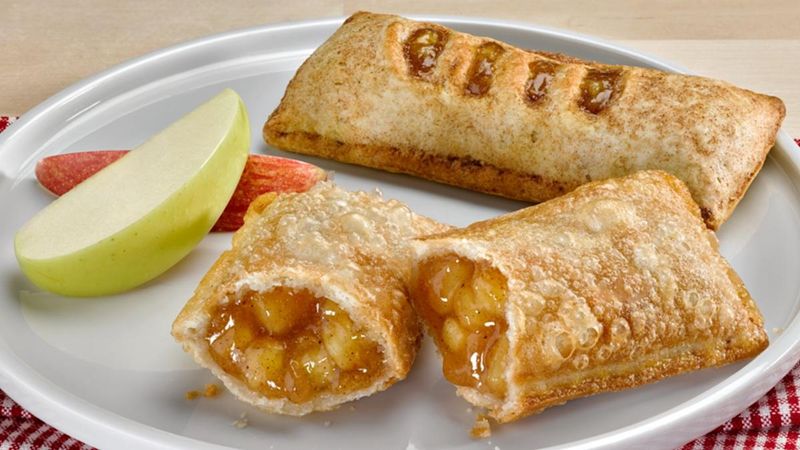
The iconic McDonald’s apple pie got a total makeover in 1992. Gone were the deep-fried, bubbling-hot pastry pockets that burned countless tongues across America. In their place arrived a lighter, flakier baked version featuring six varieties of U.S.-grown apples.
Many customers were outraged by the change. Petitions circulated demanding the return of the crispy, deep-fried original that had been a menu staple since 1968. The company stood firm, citing health concerns as the primary motivation.
The baked pies remain on menus today, though some international locations still serve the fried version, making them cult destinations for pie purists seeking that original crunch and molten apple filling.
16. 1995: McFlurry Arrives
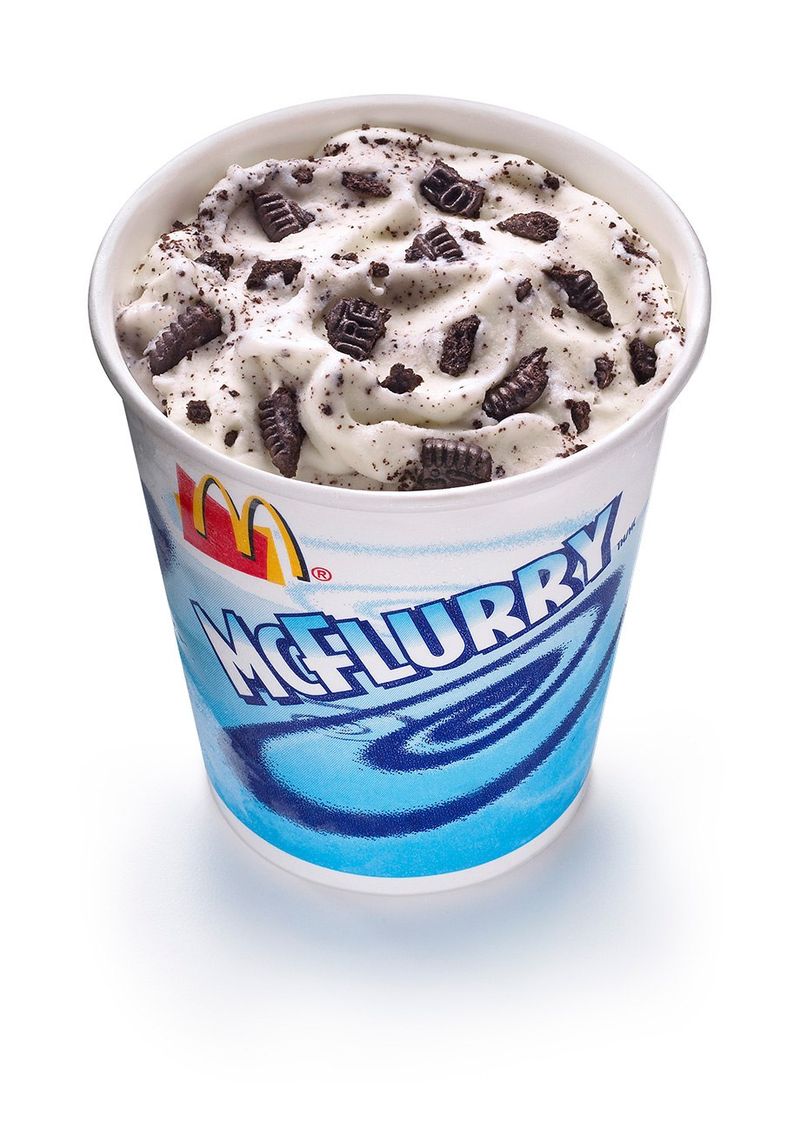
A Canadian creation that took the dessert world by storm! The McFlurry debuted in 1995, invented by Ron McLellan at a McDonald’s in Bathurst, New Brunswick. Its signature mixing method—using that hollow-handled spoon attached to a mixing machine—quickly became iconic.
The original featured crushed Oreo cookies, but the M&M’s version sparked fierce loyalty. Canadian locations originally used Smarties (their candy-coated chocolates, not the American tablet candy), creating international McFlurry tourism.
Fun fact: The spoon’s hollow handle isn’t a straw—it’s designed to connect to the mixing machine, though countless customers have attempted to sip through it!
17. 2000–2003: Experimental Era
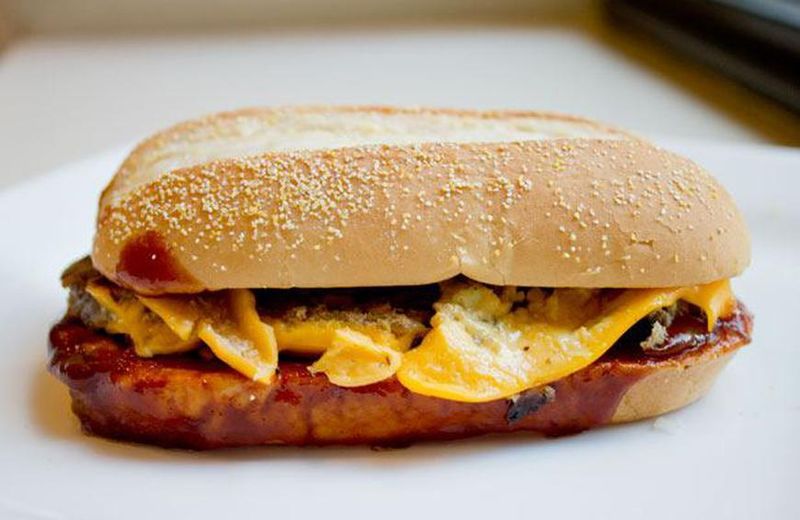
McDonald’s went wild at the millennium! The early 2000s transformed the chain into a fast-food laboratory, launching a dizzying array of menu experiments. Bratwurst sandwiches appeared briefly in Midwestern locations, while the drippy Cheddar Melt returned for a limited encore.
The McPhilly Cheesesteak attempted to bring Philadelphia flavor nationwide but vanished almost as quickly as it arrived. Chicken Flatbreads offered a “healthier” alternative that few customers actually wanted.
Some innovations survived this chaotic period—the yogurt parfait became a breakfast staple, while the sweet-and-savory McGriddle (launched in 2001) revolutionized breakfast with its maple-infused pancake buns, still delighting syrup enthusiasts today.
18. 2010: Oatmeal Debuts
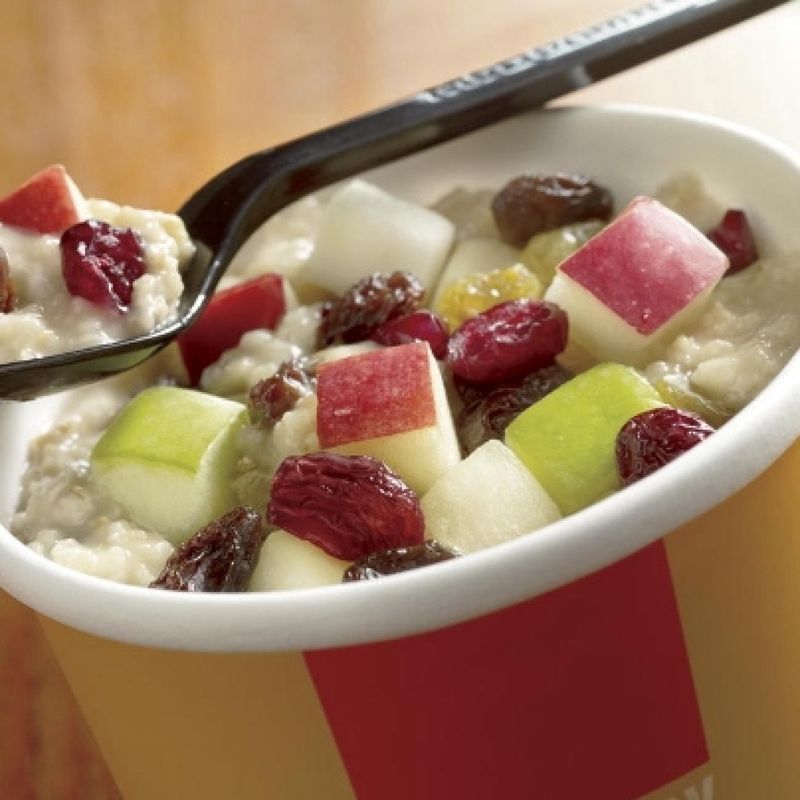
Healthy McDonald’s? It seemed almost contradictory when the chain introduced Fruit & Maple Oatmeal in 2010. The wholesome breakfast option featured whole grain oats topped with fresh apple slices, cranberry-raisin blend, and light cream.
Health advocates initially praised the addition until discovering it contained more sugar than a Snickers bar—21 grams! The seemingly nutritious choice packed 290 calories, positioning it as healthier than an Egg McMuffin but hardly the superfood customers imagined.
McDonald’s marketed the oatmeal heavily during their nutrition-focused rebrand, alongside failed experiments like the short-lived Fruit & Walnut Salad. For many, it represented the chain’s conflicted relationship with health trends while maintaining their signature sweetness.
19. 2015: All-Day Breakfast Finally Arrives
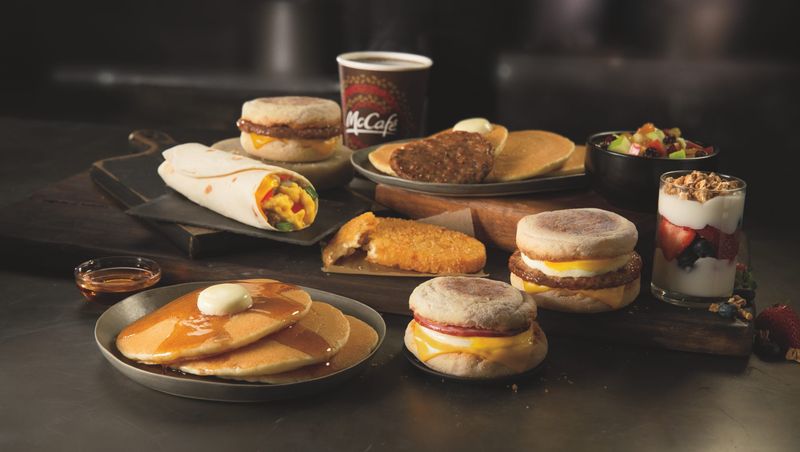
The breakfast barrier finally broke in 2015! After decades of crushing 10:30 AM cutoffs that left late-rising Egg McMuffin lovers devastated, McDonald’s finally unleashed all-day breakfast nationwide on October 6, 2015.
The rollout wasn’t without complications. Many locations offered limited breakfast menus all day, creating confusion when customers couldn’t get their favorite items. Regional differences meant hash browns weren’t available everywhere, sparking social media outrage.
The move reversed years of declining sales almost overnight. McDonald’s stock soared as breakfast-for-dinner enthusiasts celebrated their victory. Sadly, the pandemic ended the beloved offering in 2020, proving that even the most popular menu innovations can disappear at the Golden Arches.
Leave a comment